
R. P. Francisci Suarez ... Opera Omnia, Volume 22, Part 1...

PAYBACK Punkte
15 °P sammeln!
This is Volume 22, Part 1 of the complete works (Opera Omnia) of Francisco Suárez (1548-1617), a Spanish Jesuit priest, philosopher, and theologian. Suárez is considered one of the greatest Scholastic philosophers and theologians, and is often regarded as the most prominent figure of the School of Salamanca. His work is characterized by its systematic approach and its engagement with a wide range of philosophical and theological issues. This volume, written in Latin, provides invaluable insights into Suárez's philosophical and theological system and its historical context. Suárez's work re...
This is Volume 22, Part 1 of the complete works (Opera Omnia) of Francisco Suárez (1548-1617), a Spanish Jesuit priest, philosopher, and theologian. Suárez is considered one of the greatest Scholastic philosophers and theologians, and is often regarded as the most prominent figure of the School of Salamanca. His work is characterized by its systematic approach and its engagement with a wide range of philosophical and theological issues. This volume, written in Latin, provides invaluable insights into Suárez's philosophical and theological system and its historical context. Suárez's work remains relevant for those interested in the history of philosophy, theology, and law. His contributions to metaphysics, natural law theory, and political philosophy continue to be studied and debated by scholars today. This collection offers a comprehensive resource for understanding Suárez's intellectual legacy. This work has been selected by scholars as being culturally important, and is part of the knowledge base of civilization as we know it. This work was reproduced from the original artifact, and remains as true to the original work as possible. Therefore, you will see the original copyright references, library stamps (as most of these works have been housed in our most important libraries around the world), and other notations in the work. This work is in the public domain in the United States of America, and possibly other nations. Within the United States, you may freely copy and distribute this work, as no entity (individual or corporate) has a copyright on the body of the work. As a reproduction of a historical artifact, this work may contain missing or blurred pages, poor pictures, errant marks, etc. Scholars believe, and we concur, that this work is important enough to be preserved, reproduced, and made generally available to the public. We appreciate your support of the preservation process, and thank you for being an important part of keeping this knowledge alive and relevant.



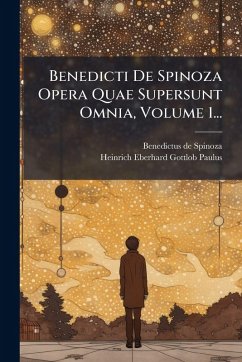

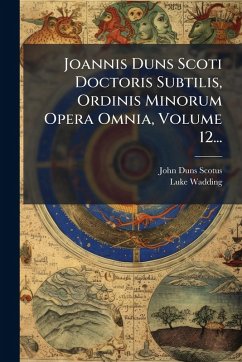
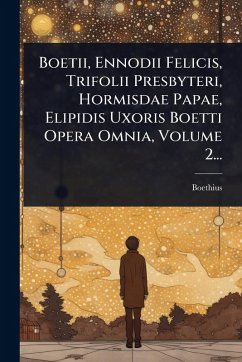
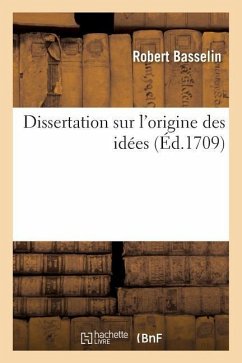
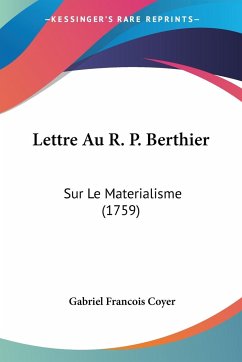
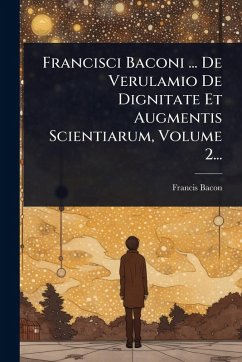
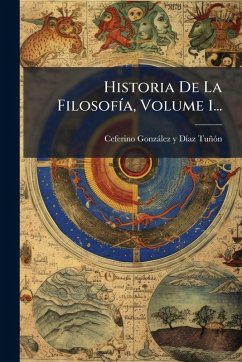
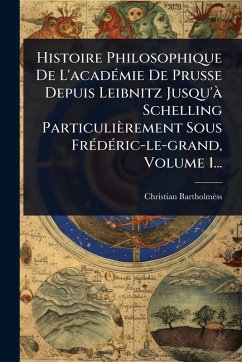
![Oeuvres Complètes De Cabanis [...] AccompagnÃ(c)es D'une Notice Sur Sa Vie Et Ses Ouvrages, Volume 1... Cover Oeuvres Complètes De Cabanis [...] AccompagnÃ(c)es D'une Notice Sur Sa Vie Et Ses Ouvrages, Volume 1...](https://bilder.buecher.de/produkte/74/74960/74960600n.jpg)